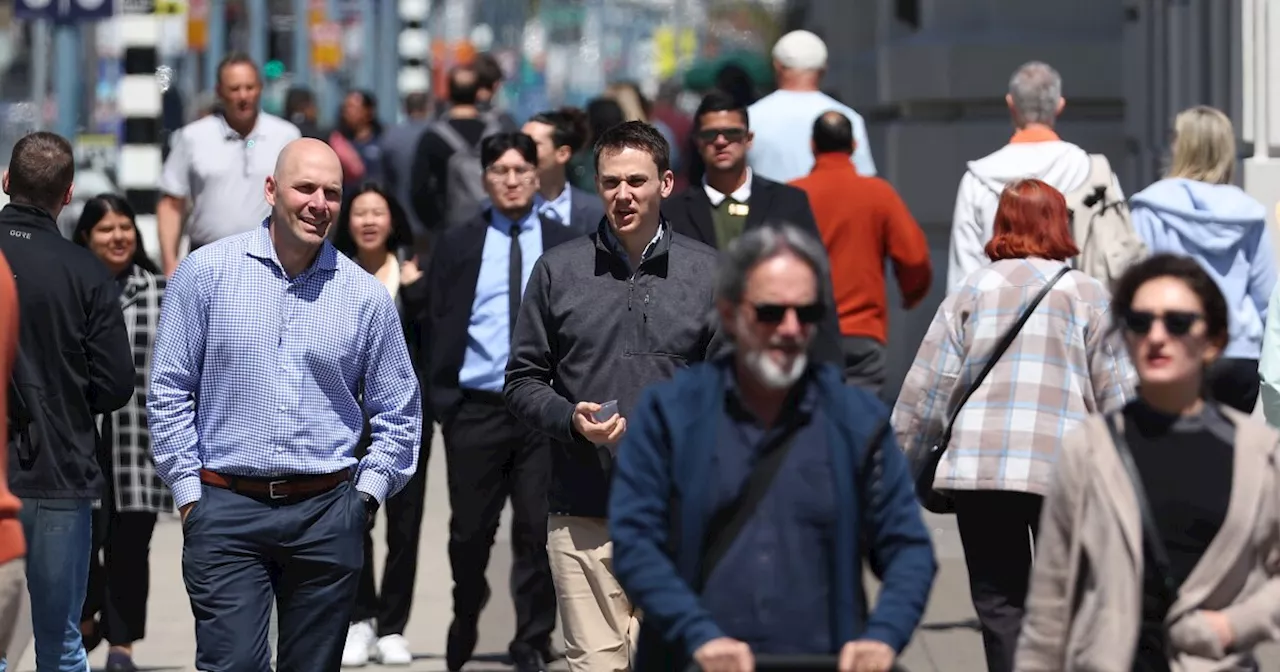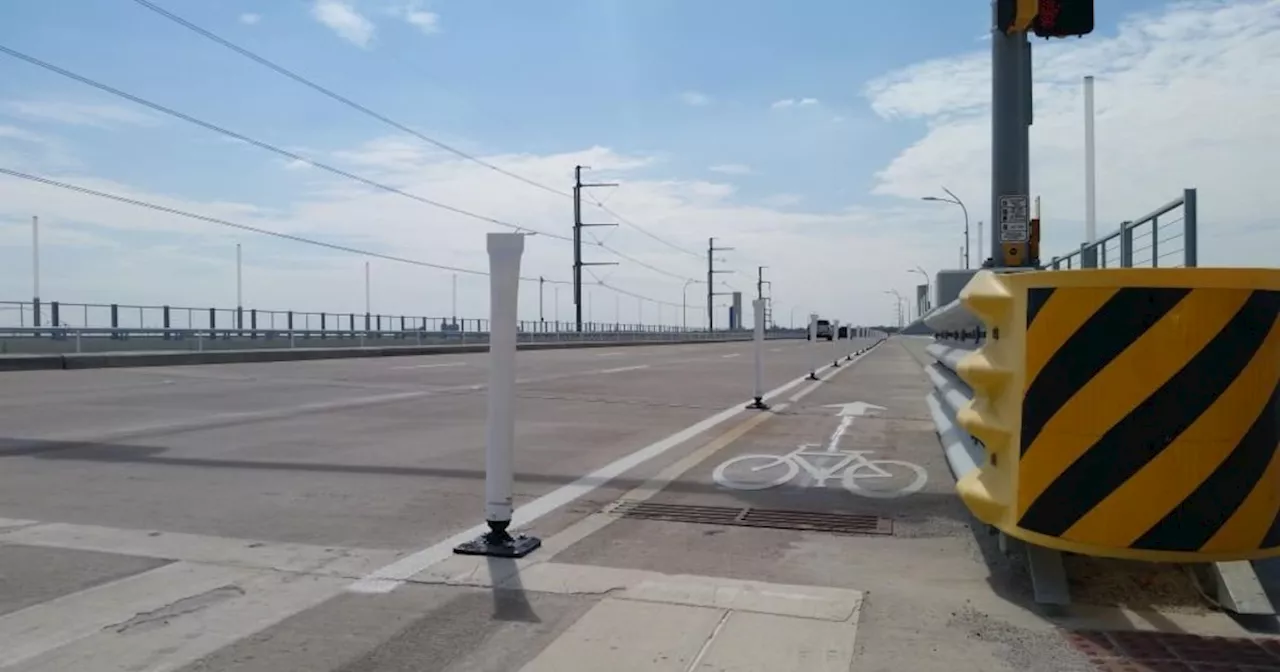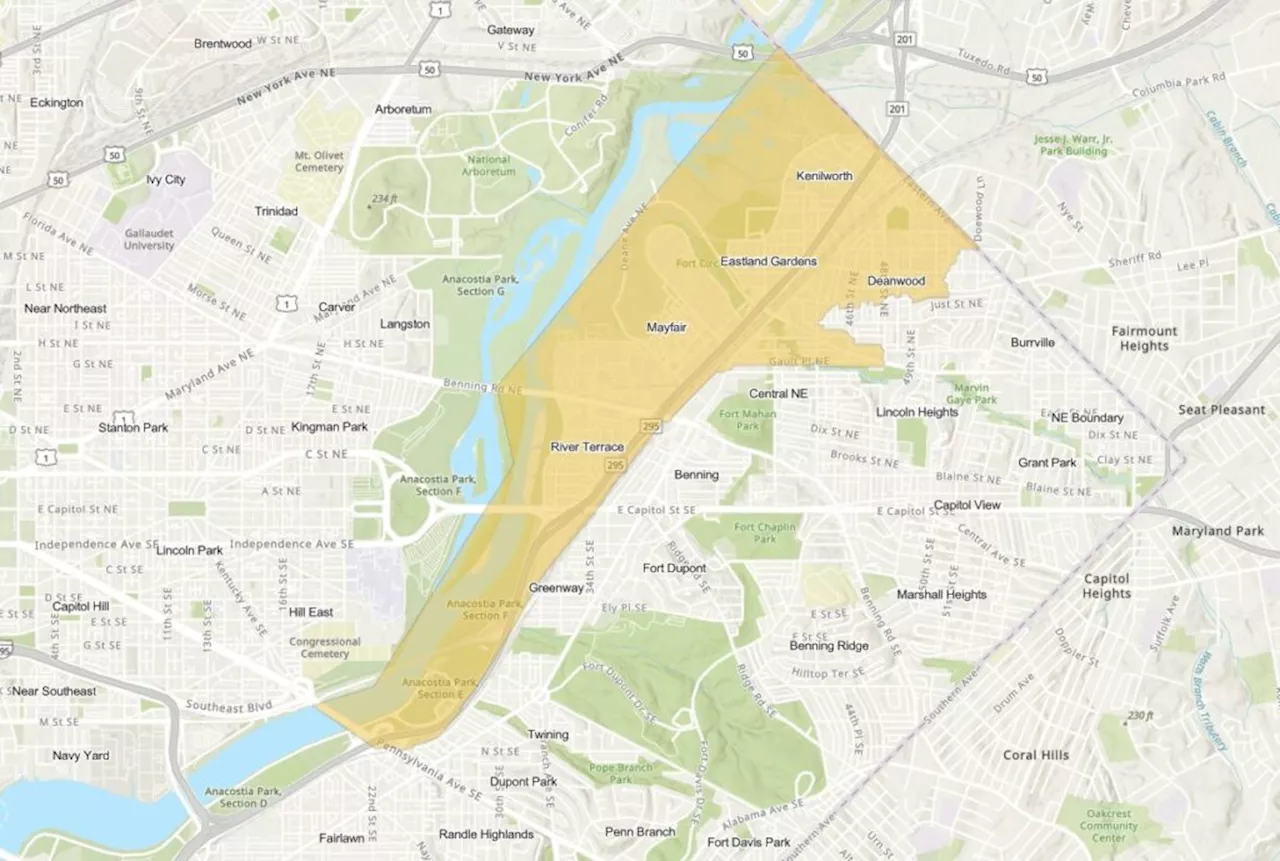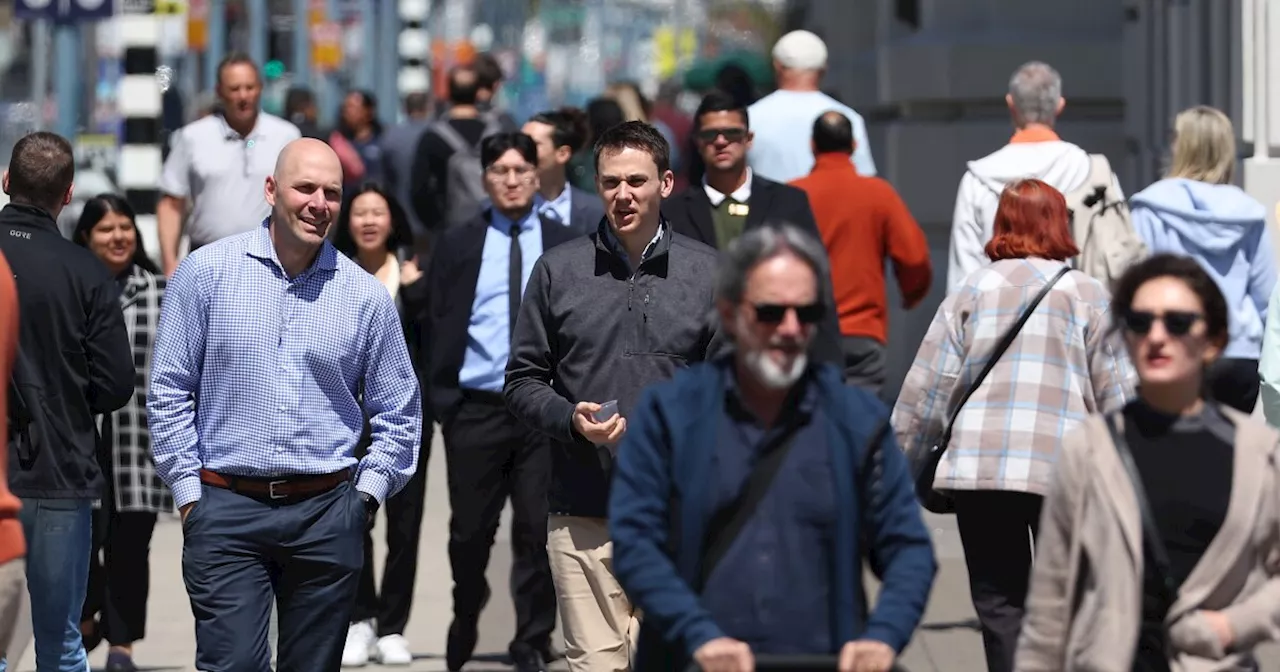A new study published in the American Journal of Epidemiology has found that increasing the walkability of a neighborhood can lead to residents walking more.
Grist is a nonprofit, independent media organization dedicated to telling stories of climate solutions and a just future. It might seem obvious that making a neighborhood more friendly to pedestrians encourages people to walk more, improving public health and reducing greenhouse gas emissions from driving. But it’s surprisingly tricky to demonstrate that with data, since other factors influence how much a person walks, like their socioeconomic status.
Cities need such data to prioritize which neighborhoods to make more walkable, and then public health officials need still more research to confirm the benefits of any interventions.A study published in the American Journal of Epidemiology used 11,000 twins to show that whenever a neighborhood becomes 1% more walkable — by, for instance, adding sidewalks to make it easier for people to get from parks to restaurants and other businesses on foot — residents walk 0.42% more minutes a week.So if a city boosts an area’s walkability by about 50%, an average resident might theoretically walk about 20 more minutes a week, according to the study. That’s important, the researchers write, “because even small increases in physical activity at the population level can contribute to improvements in public health.” Experts have long encouraged people to walk for their health. But by targeting walkability overall, cities can bake that encouragement into the landscape itself. “Individual behavior change just isn’t doing it. We’ve kind of done that to death, in my opinion,” said Glen E. Duncan, the lead author of the paper and a professor of nutrition and exercise physiology at Washington State University. “We just tell people to eat your fruits and vegetables and get more exercise, without really thinking about the larger structural problems that hinder people from eating better and getting more activity”, he said.
WALKABILITY PUBLIC HEALTH PHYSICAL ACTIVITY URBAN PLANNING RESEARCH
United States Latest News, United States Headlines
Similar News:You can also read news stories similar to this one that we have collected from other news sources.
 More Walkable Neighborhoods Lead to More Walking, Study FindsA new study shows that making neighborhoods more walkable can lead to increased walking time among residents. Even small improvements in walkability can have a positive impact on public health and reduce greenhouse gas emissions.
More Walkable Neighborhoods Lead to More Walking, Study FindsA new study shows that making neighborhoods more walkable can lead to increased walking time among residents. Even small improvements in walkability can have a positive impact on public health and reduce greenhouse gas emissions.
Read more »
 Making a Game Out of Making FriendsThe game demystified friendships for me, making the process feel less like a mysterious labyrinth to navigate and more like a formula of repeated (but manageable) social encounters and effort that I could track.
Making a Game Out of Making FriendsThe game demystified friendships for me, making the process feel less like a mysterious labyrinth to navigate and more like a formula of repeated (but manageable) social encounters and effort that I could track.
Read more »
 Check Out The Making Of Princess Ellian & Other Concept Art From The Art & Making Of SpellboundCheck Out The Making Of Princess Ellian & Other Concept Art From The Art & Making Of Spellbound
Check Out The Making Of Princess Ellian & Other Concept Art From The Art & Making Of SpellboundCheck Out The Making Of Princess Ellian & Other Concept Art From The Art & Making Of Spellbound
Read more »
 Taylor Jeffries Recommends Comfortable Shoe Inserts for Walkable City DwellersTaylor Jeffries, a beauty and wellness writer, highlights the importance of foot comfort in walkable cities and recommends cushioned shoe inserts that are currently on sale for $23 at Amazon. These inserts provide high arch support and cushioning to relieve various foot issues.
Taylor Jeffries Recommends Comfortable Shoe Inserts for Walkable City DwellersTaylor Jeffries, a beauty and wellness writer, highlights the importance of foot comfort in walkable cities and recommends cushioned shoe inserts that are currently on sale for $23 at Amazon. These inserts provide high arch support and cushioning to relieve various foot issues.
Read more »
 Neighborhoods in West and Northwest Dallas are looking for better trail connectivityResidents and officials in the western half of the city, a largely trail poor region, are advocating for connectivity plans to the Loop trail project, a...
Neighborhoods in West and Northwest Dallas are looking for better trail connectivityResidents and officials in the western half of the city, a largely trail poor region, are advocating for connectivity plans to the Loop trail project, a...
Read more »
 “DC Water Issues Boil Water Advisory for Customers in Some District Neighborhoods”Welcome to the beautiful life
“DC Water Issues Boil Water Advisory for Customers in Some District Neighborhoods”Welcome to the beautiful life
Read more »
